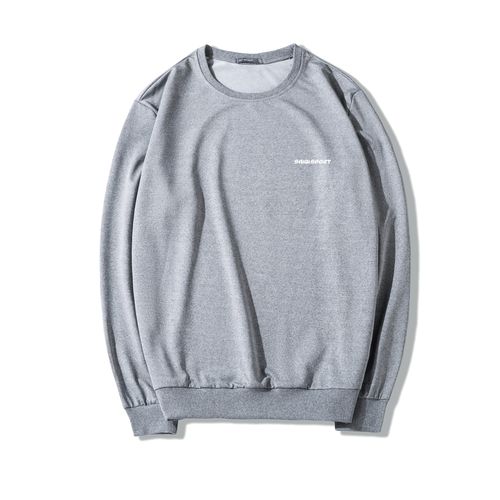Dry cleaning and ordinary washing are two common ways of cleaning clothes. They have some significant differences in washing principles, applicable clothes and cleaning effects.
1. Washing principle:
– Dry cleaning: Dry cleaning uses solvents to clean clothes. The most commonly used solvents are vinyl chloride or chlorinated benzene. Dry cleaners soak clothing in solvent and spin and vibrate to remove stains. The solvent has good solubility and can effectively remove oil stains, sweat stains and other stains that are difficult to wash with water.
– Laundering: Laundering uses water and detergent to clean clothes. Surfactants in detergents work by lowering the surface tension of water, allowing it to better penetrate and clean clothing fibers. At the same time, water can effectively dilute and rinse away stains on clothing.
2. Applicable clothing:
– Dry cleaning: Dry cleaning is suitable for clothing made of certain special materials, such as silk, wool, leather, Heavy jackets, etc. These materials are often not water-resistant or easily damaged, so dry cleaning can better protect the texture and color of the garment.
– Washing: Washing is suitable for most clothes, especially cotton fabrics, man-made fibers and blended fabrics for daily wear. For light and thin clothing, washing can provide a more thorough cleaning effect, and is relatively economical and convenient.
3. Cleaning effect:
– Dry cleaning: Dry cleaning can more effectively remove oil stains and stains on clothes and reduce secondary pollution. The clothes are less likely to deform, fade or shrink during the dry cleaning process. At the same time, since there is no need to wash and dry, the dry cleaning process is faster. Many dry cleaners also provide ironing and unique ironing services.
– Washing: Washing can clean clothes more comprehensively and can completely remove some special stains, such as food, blood stains, etc. Plus, washed clothes will be softer, more comfortable, and have a fresh scent. However, washing may lead to the risk of fading, shrinkage and deformation of the clothing. Some special fabrics and clothing with complex designs need to be handled with caution.
In summary, there are some significant differences between dry cleaning and water washing in terms of washing principles, applicable clothes and cleaning effects. Choosing the right cleaning method depends on the material of the garment, the type of stain and your personal needs. It is recommended to choose the most suitable cleaning method according to the washing label and guidance of the clothes to ensure that the clothes are effectively cleaned and maintain their long service life.









